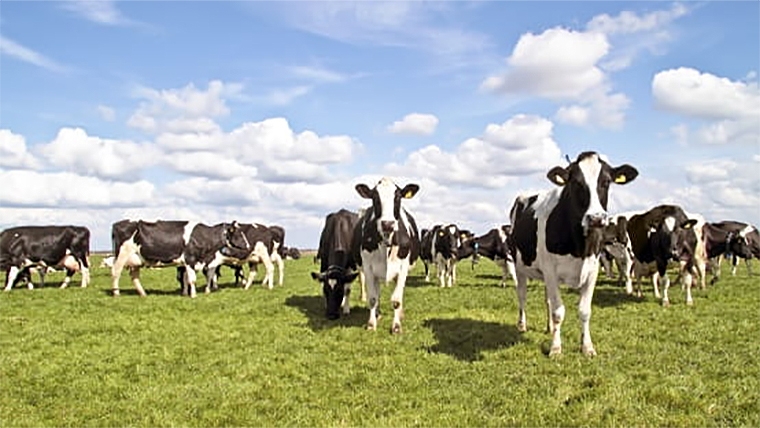
The news Thursday that a new form of M. Bovis has been discovered on a Canterbury farm raises more questions than anything else.
MPI seem to believe that the source is likely to have come from imported semen as this farm has used semen sourced from overseas. If this is the source, then the feasibility over using imported semen has to come under question.
The current round of eradication is budgeted to cost around $350 mln and the supposed cost if the disease become endemic is estimated to be around $1.3 bln over a ten year period. Given this it begs the question; if this is (another) imported source, why is this still allowed to happen. The Livestock Improvement Centre (LIC) on their web site state:
- Since September 2018 we have been testing every semen collection for M. bovis and confirming the results before semen straws are dispatched to farmers.
- The PCR test is highly sensitive and will detect if M. bovis is present in the semen.
- The daily semen testing complements the additional antibiotic which has been added to the semen diluent in an effort to further reduce the risk of transmitting M. bovis via semen.
They also state that:
- MPI have stated M. bovis is mainly spread between cattle in close contact.
- The PCR test is highly sensitive and will detect if M. bovis is present in a sample.
So, LIC, where much of the on farm genetics are sourced appear to be taking all the right precautionary measures and could or should be used as an example of the procedures anybody importing cattle semen should be following. If they already are then a major rethink is due as it appears to have chinks.
If they aren’t then MPI need to be questioned as to why they haven’t already implemented such a system and anyone importing semen needs to satisfy MPI that they have at the minimum followed such protocols and be held accountable if they haven’t.
Surely with the money spent so far and the potential for damage would make such measures an obvious addition to New Zealand border protection. Looking at the MPI guidelines they certainly appear to meet the high thresh-hold required to protect the dairy industry although the have only very recently been updated judging by the document date and the new infection is likely to have been around for some time prior to being identified and certainly before the updated health standards. Perhaps a case of closing the door after the horse has bolted.
All of the above is assuming that the new strain has come from overseas. However, as we know from the covid virus’s and in this case a bacterium can morph, so there must be considered the possibility that this may have happened here even if it is a remote possibility. No doubt DNA checking will soon reveal whether this is the case or whether it can be traced back to an existing offshore source.
It does seem interesting that the new variety has been found amid an existing outbreak in Mid-Canterbury. The odds of this occurring should be low but perhaps is due to the more intense searching being carried out in the region. Hopefully we don’t find other ‘new’ varieties elsewhere. One consoling feature (perhaps) is that MPI have indicted that this new variety is behaving much the same as the previous one. M. Bovis eradication director has said that the summer milk testing procedures will not go to monthly as planned but remain at two weekly testing to try and pick-up signs of any further outbreaks.
Unfortunately, the news for the dairy industry does not get better with the latest GDT auction average weighted price taking a turn against the current short term run and has dropped -3.7%
- Butter index down 7.0%, average price US$4,983/MT
- Cheddar index down 3.8%, average price US$4,966/MT
- SMP index down 1.6%, average price US$3,497/MT
- WMP index down 4.0%, average price US$3,573/MT
With the recent fall of the NZ$ against the US$ the impacts will be masked but with all products dropping is concerning and may reflect a global nervousness into the future, especially as New Zealand is not predicting a bumper milk production season. Westpac, at least, were a little surprised at the lift in the previous auction (20th September) so maybe this is more of a minor correction and not the forebear of things to come.

We welcome your comments below. If you are not already registered, please register to comment
Remember we welcome robust, respectful and insightful debate. We don't welcome abusive or defamatory comments and will de-register those repeatedly making such comments. Our current comment policy is here.